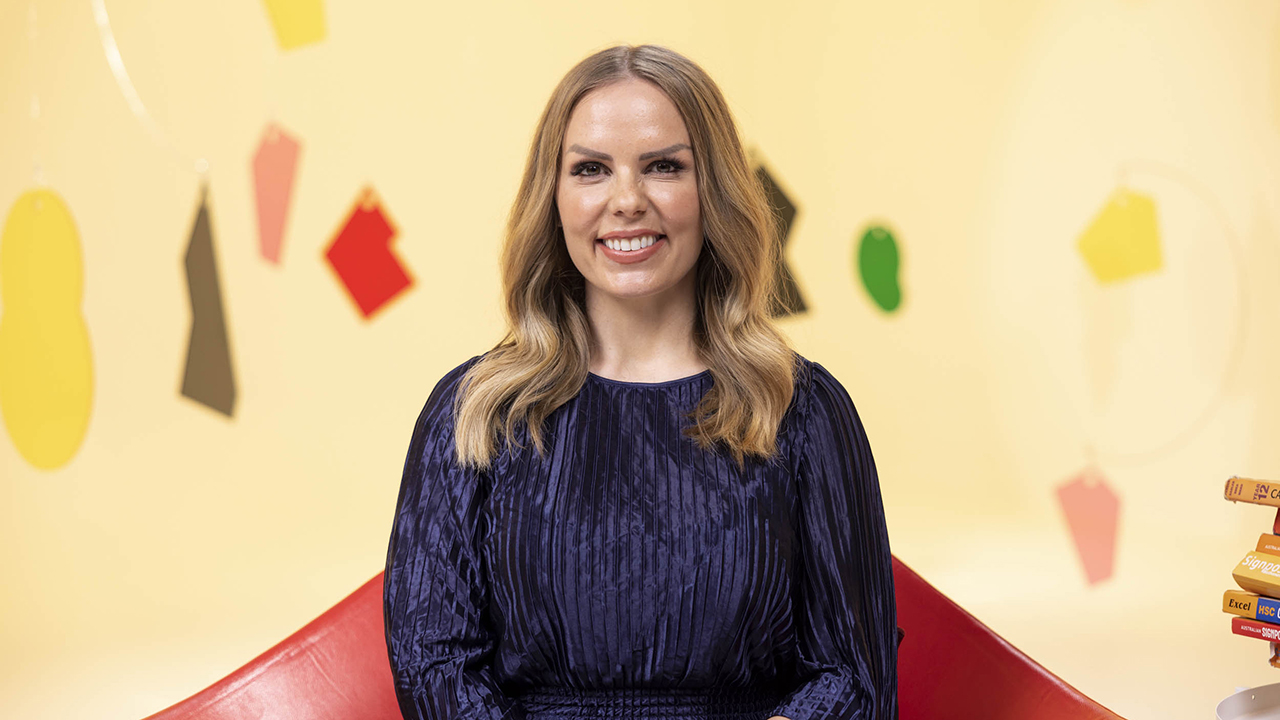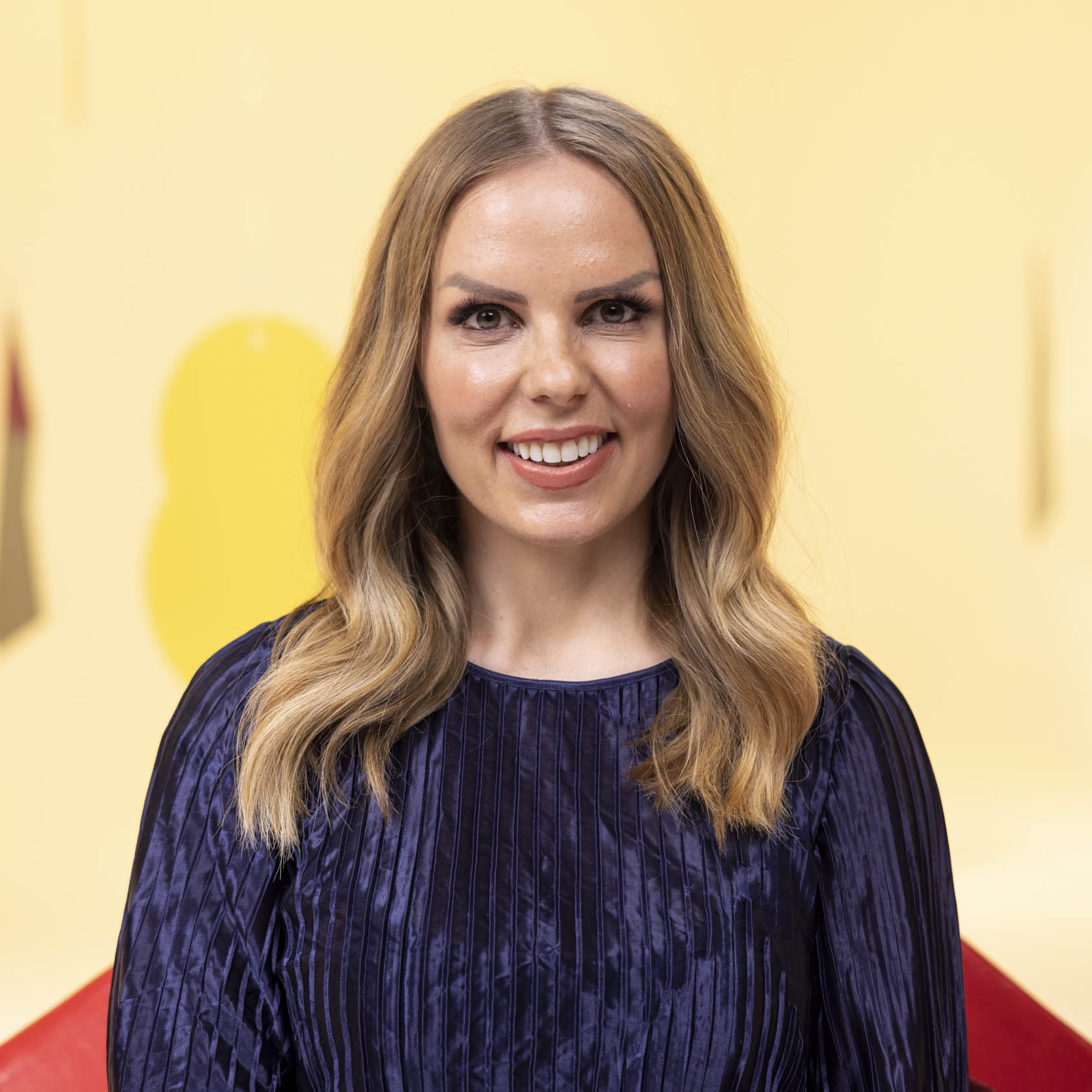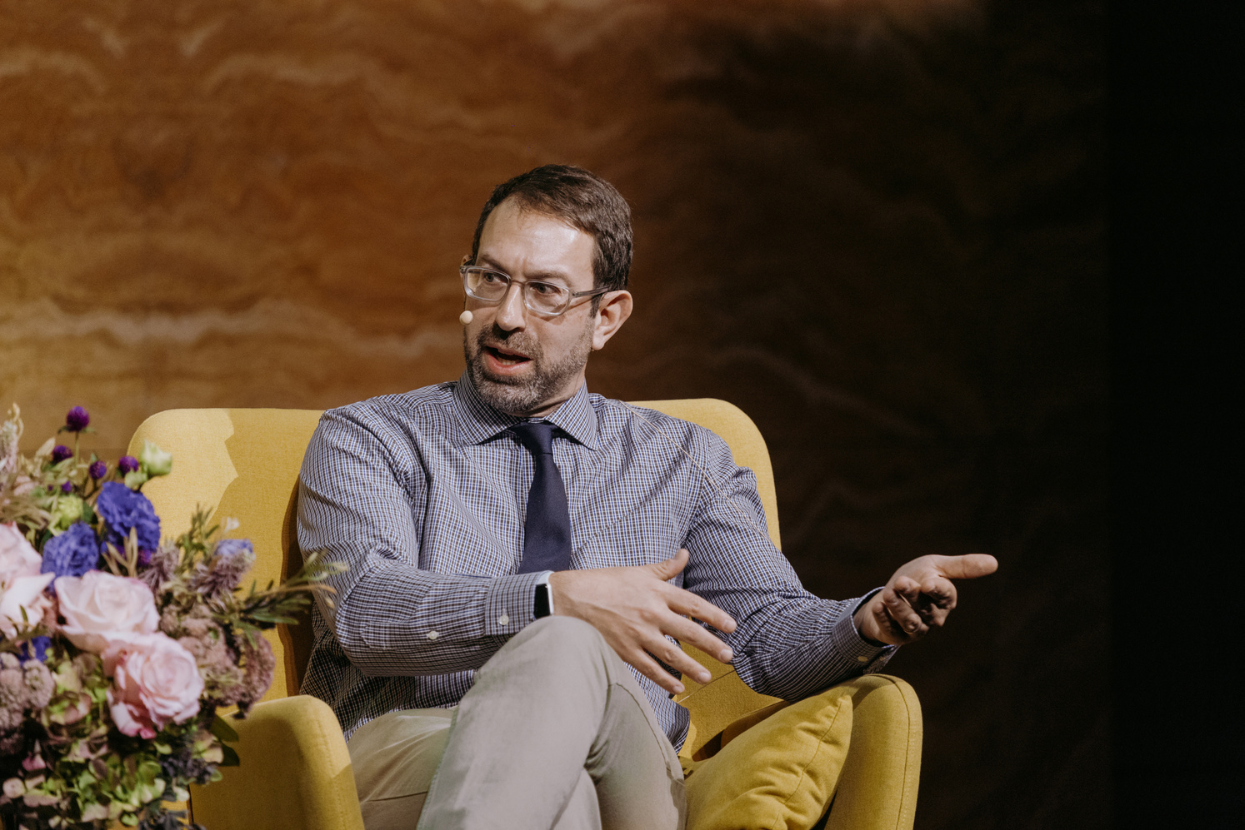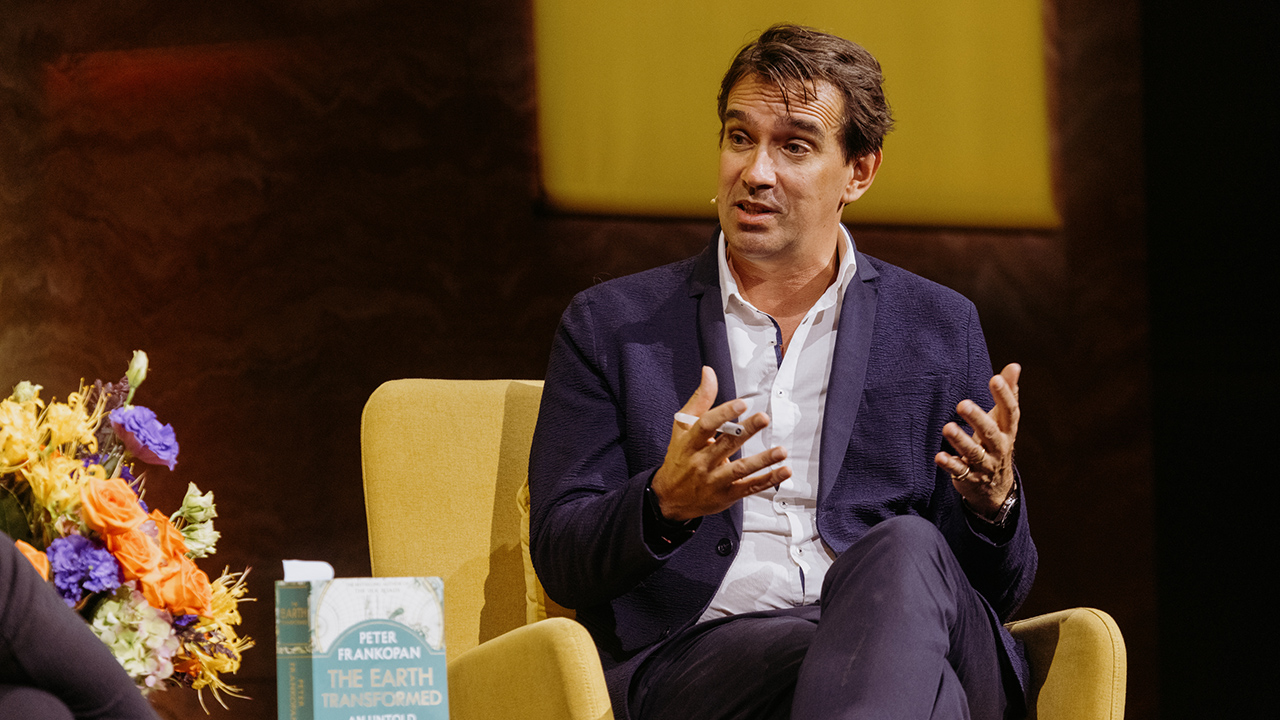Laura Tuohilampi | You are a maths person

Even if you think you’re no good at maths, you’re using it to solve problems all the time.
There are two types of people in the world, 'maths people' and those who quickly avert their eyes when numbers are merely mentioned in conversation. Many people who don’t see themselves as a maths person have lost trust in their own thinking even with the most simple numbers. But this hasn’t always been the case, in fact we all could have been maths people – but our tricky relationship with maths was formed all the way back at school. So why do so many people have such a strong dislike of maths? And more than that – what can be done to stop this aversion where it starts – in the classroom?
Whether we like maths or not, we’re stuck with it, whether it be identifying the fastest route on a road trip, calculating the cheapest deal at the supermarket or predicting the odds of winning. So why not get comfortable with numbers and use maths to our advantage?
In ten minutes, or roughly the amount of time it takes to multiply 3,467 and 8,467 in your head, mathematician Laura Tuohilampi will flip the script on our collective fear of maths.
ABOUT 10 MINUTE GENIUS
In this sprawling digital age where a universe of information is accessible within seconds, it's easy to be paralysed by the simple question of where to begin.
Introducing: Ten Minute Genius, a series of short talks designed to create a space in which you can engage with new ideas. We have curated a collection of material scientists, philosophers and maths lovers to help you make some sense of this chaotic information vortex. And because you’re busy, all we ask of you is just ten minutes.
Transcript
UNSW Centre for Ideas: Welcome to the UNSW Centre for Ideas podcast – a place to hear ideas from the world’s leading thinkers and UNSW Sydney’s brightest minds. The talk you are about to hear forms part of the 10 Minute Genius series, a curated collection of UNSW’s thinkers, dreamers and envelope pushers helping you make some sense of the relentless information vortex in which we live. In under 10 minutes, or roughly the amount of time it takes to multiply 3,467 by 8,467 in your head, mathematician Laura Tuohilampi will flip the script on our collective fear of maths.
Laura Tuohilampi: Are you the one everyone turns to when someone has a maths question? Or the one that is looking at the floor thinking, 'don't ask me, I'm not a math person'? Our feelings about maths and whether we are a maths person or not depends a lot on what we experienced in the classroom. As someone who is looked to as a maths person, I can tell you there is no such thing.
Hi, I'm Laura Tuohilampi. I'm a mathematician and maths education expert, and I'm here to flip the script on maths so we can all be maths people. Let me explain how, in under 10 minutes. Ever since maths is a problem, many people who don't see themselves as the maths person have lost trust in their own thinking, even with the most simple numbers. They do this especially when a mad person like me is around. Take a look at this line – a 0 and 120 are marked here. Where would you place number 75? Even if you think you're no good at maths or don't enjoy it, you're using it to solve problems all the time.
Here's another example. Imagine you're scrolling through your documents. You're on page 120. Where would you drag the page onto to land on page 75? These examples are two ways to present the same problem, and they require the same kinds of mathematical thinking. The second one just probably seems more relatable. It's one of the proposed solutions to help make more people see themselves as maths people.
We did a study and found that by grade five, students already experienced mostly despair and disturbance in their maths classrooms, even if they themselves like maths. Why do so many people have such a strong dislike of maths, and more than that, what can be done to stop this aversion where it starts in the classroom?
Most traditional maths classes involve the teacher explaining new concepts and giving exercises from the textbook. While this can be a good way to solidify new concepts, many students find it boring. To combat this, some teachers have started adding problem-solving exercises, called 'rich' activities. Giving real-life scenarios that use maths can have pros and cons for students. Pros: these activities can increase engagement, help add meaning to the maths, and even promote self-confidence. Cons: this type of problem solving can add confusion to their learning process and often doesn't give immediate positive results for students. Educators disagree on the best way to teach maths – traditional theory-based exercises or rich activities, but my research shows that we don't have to choose.
A balance between the mathematical desires of both traditional and rich activities is the key to making students hungry for maths. Let's look at an example of introducing how percentages can be used to make false marketing claims – 'Modest Fitness success in 80.7% of cases', 'Huge Fitness Success in 92.3% of cases'. Which one do you think is the better trainer? Huge sounds better, right? But what we can't see from this percentage alone is that 'huge' only accepts athletes, which can help keep the numbers up. 'Modest' fitness, however, might be a spectacular personal trainer that works with people with a variety of fitness levels. Because this example is related to a real-world problem – deciding who is the better personal trainer and seeing past marketing hype – it can be a lot more engaging for young people.
The research also suggests that students participating in rich activities can become much more confident justifying and reflecting upon their own thinking. But that doesn't mean we need to throw out those textbooks just yet, Un participating in rich activities, students officiate the conventional tasks more. So, how often should maths teachers be flipping the script in their maths class? My research shows that allocating just one maths lesson per month through rich problem-solving activities can be enough to make a significant change, with 70% expressing nothing but bad things to say about math class without rich activities. But the moment rich activities are included, that number drops to 30%. That's a lot more students engaging in maths. Adding rich activities turns the maths classroom into a place where students not just learn but also start to understand how their thinking works. It becomes a place for through critical thinking skills for motion. Small changes in the classroom can lead to big benefits. We study for so many years; we may as well make those years count. That way, more people can say they are already maths people.
UNSW Centre for Ideas: Thanks for listening. For more information visit centreforideas.com and don't forget to subscribe wherever you get your podcasts.

Laura Tuohilampi
Dr Laura Tuohilampi is a mathematician and mathematics education researcher at UNSW Sydney, and an in-service teacher trainer and the founder of Math Hunger and Maths for Humans. Passionate about shifting mindsets to view maths as positive, engaging and achievable, her work explores practices that innovate and inspire traditional teaching methods to evolve with students’ learning habits. She also goes by Laura the Maths Buster, and has extensive expertise in making people fall in love with maths. She worked professionally as a mathematics education influencer, postdoc researcher and a lecturer who makes you see maths in a way you didn't even know existed. Her research goals are centred around ensuring any audience understands the "why" in learning mathematical skills, by making mathematics approachable, exciting and an accessible integral life skill.




